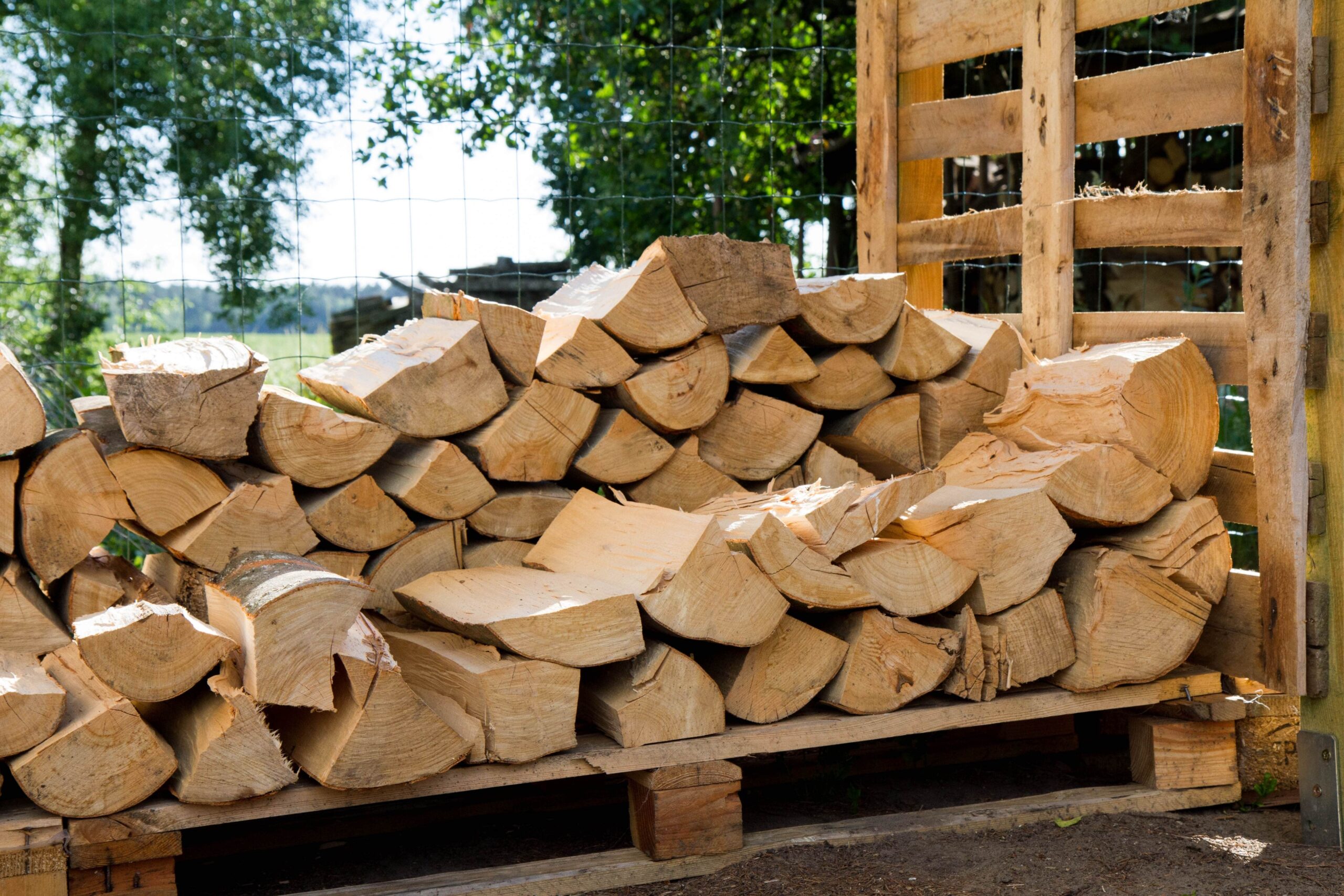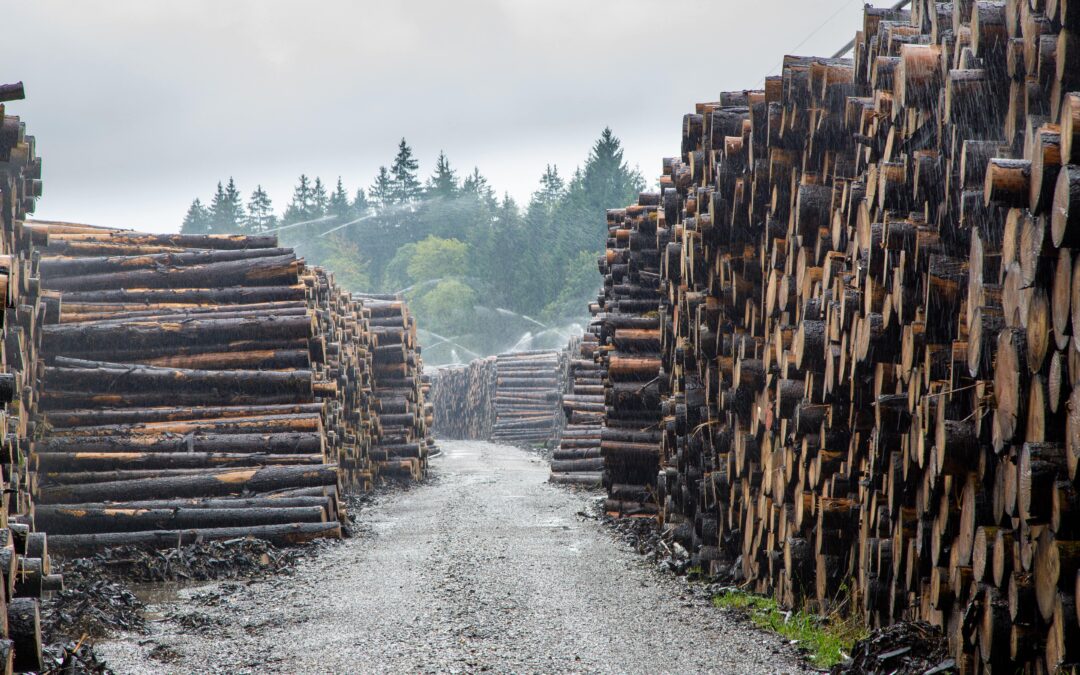There’s nothing quite like the thought of a roaring fire on a chilly Essex evening until your cosy plans are rudely interrupted by a smoky mess that just won’t catch. If your fire’s more fog machine than warm hug, chances are you’re burning wet wood.
It’s a common culprit, and we see it all the time across the county. So, let’s talk about what’s actually happening when you toss damp logs onto the fire, why it’s not doing you or your stove any favours, and most importantly, how to fix it fast.
Why Burning Wet Wood Is A Problem
When you’re burning wet wood, much of the fire’s energy is spent evaporating water instead of creating heat. That means less warmth for you, more frustration, and a whole lot of wasted fuel. Wet logs can contain over 50 per cent moisture, so instead of a toasty blaze, you get fizzing, hissing and a heap of steam. It’s a bit like trying to boil the kettle with the lid off: you’re using all the energy, but getting none of the payoff.
Even worse, burning wet wood leads to thick smoke and sticky tar, or creosote, that clings to your chimney or flue. Over time, this can build up, reduce airflow and, in some cases, even become a fire hazard. Not exactly the cosy night in that you had planned.
How To Tell If You’re Burning Wet Wood
It’s not always obvious, but a few telltale signs can give the game away. If your fire struggles to light or keeps going out, if your logs make a sizzling sound or bubble at the ends, or if you see dark smoke billowing out of the chimney, you may well be burning wet wood. The wood may also feel heavy, cold or damp to the touch. If any of this sounds familiar, it’s time to rethink what you’re burning. Luckily, there’s a simple solution that will have your stove glowing in no time.
The Quick Fix: Switch To Kiln-Dried Logs
The easiest way to escape the cycle of burning wet wood is to switch to kiln-dried logs. These are dried to below 20 per cent moisture, which is the magic number for efficient burning and maximum heat. Woodsure, the UK’s quality assurance scheme for wood fuel, recommends burning only dry, Ready to Burn-certified logs to ensure cleaner, safer fires.
At County Logs and Coal, we’re proud to offer top-quality Essex logs for sale, including our ever-popular beech firewood logs Essex customers love. These beauties burn hotter, cleaner and longer, giving you that beautiful dancing flame without the fuss. Think of it as upgrading from soggy toast to a perfectly golden slice. The same ingredient, just done properly.
If you’re curious about mixing fuels safely, our guide on burning wood and coal together explains how to do it efficiently without damaging your stove or creating excess smoke.

How To Store Your Logs Right
Even the driest logs can absorb moisture if they’re stored incorrectly. Keep your firewood somewhere off the ground, well ventilated and protected from the rain, ideally in a log store or covered area. Good airflow is key; your logs need to breathe. A simple habit like stacking them with space between each layer can make all the difference next time you’re avoiding the woes of burning wet wood.
The Warm Takeaway
In short, burning wet wood is a recipe for disappointment. It means less heat, more smoke and a lot of wasted potential. But the fix is simple: choose properly seasoned or kiln-dried logs and store them well.
Before you light your next fire, make sure your wood is ready to perform. If it’s not, we’ve got you covered with our Essex logs for sale, including the finest beech firewood logs Essex has to offer, perfect for keeping your home snug and your fire happy.
If you’re interested in making your fires a little greener, check out our post on why our Essex logs are the most sustainable energy source and the importance of sustainable firewood.
Ready for the best firewood Essex has to offer? Contact us today and we’ll deliver it to your door!

